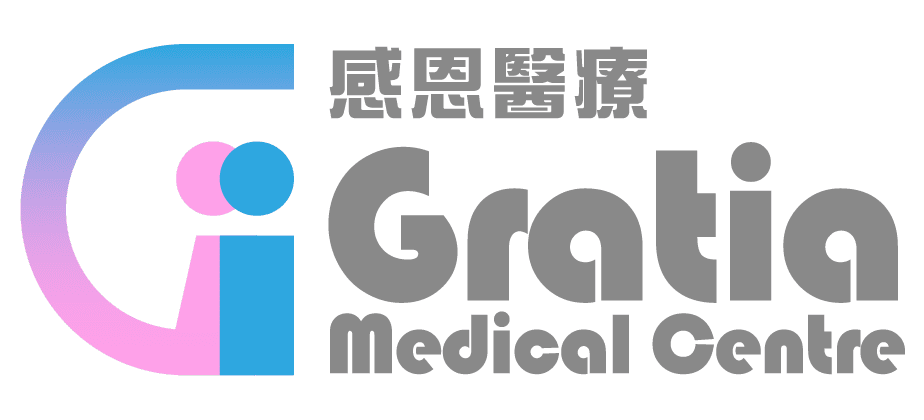What is assisted hatching?
The developing embryo is normally surrounded by a protective shell called the zona pullucida. The embryo naturally breaks out of this shell before it can implant in the womb. If the shell is too thick or too hard, it will be difficult for the embryo to hatch. Assisted hatching is to make a small crack in the shell of the embryo before it is placed into the womb which hopefully might help the embryo hatch out from the shell more easily.
How is assisted hatching done?
This can be done by using an acid solution, lasers or other tools. Here in the Centre, our embryologists use a laser to perform assisted hatching.
Are there any risks?
There is always a small risk of damaging the embryo. The risk of having identical twins might be slightly increased with assisted hatching.
Will I benefit from assisted hatching?
Assisted hatching will not benefit all women undergoing IVF treatments. It might help improve pregnancy chances for certain groups of women such as those who failed to get pregnant after trying a number of IVF treatments, or whose embryos have an outer shell that is thicker than usual. Some doctors might also advise assisted hatching to those women who are older (>38 years old) or whose FSH level is high (>10IU/L). It remains unclear if assisted hatching can help in these situations.






